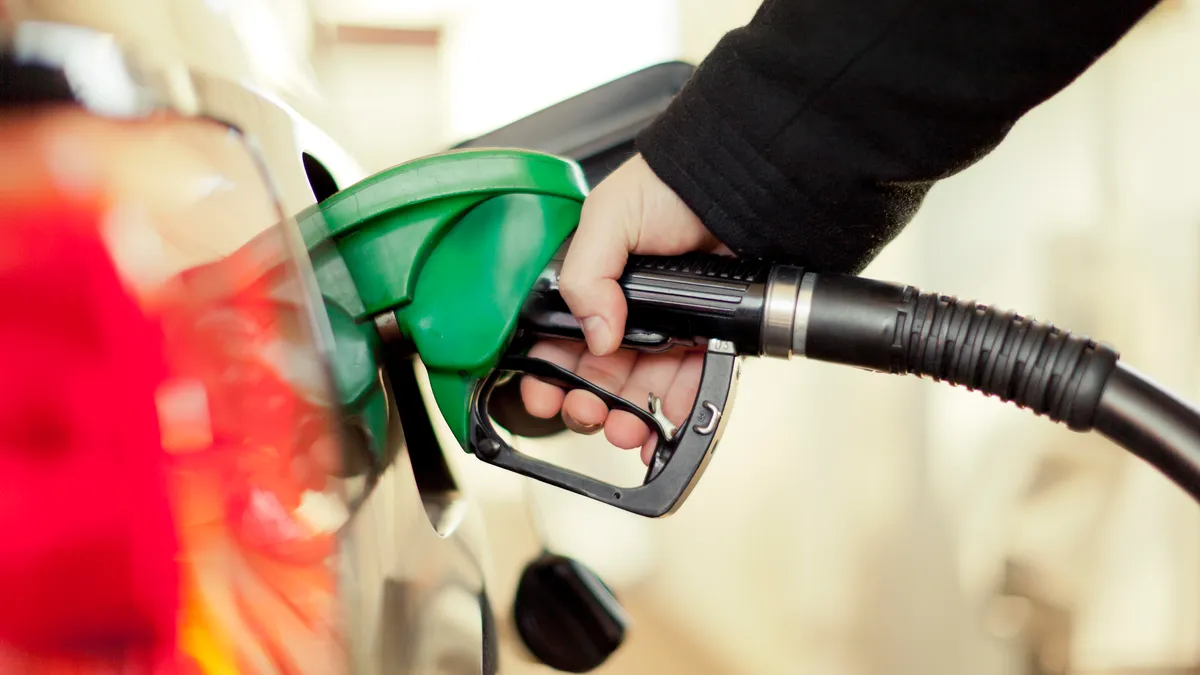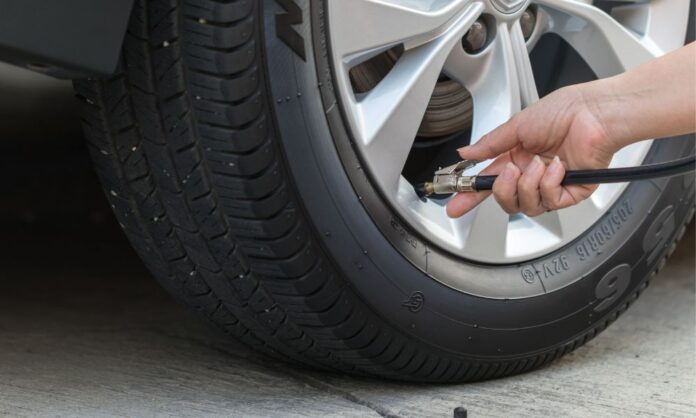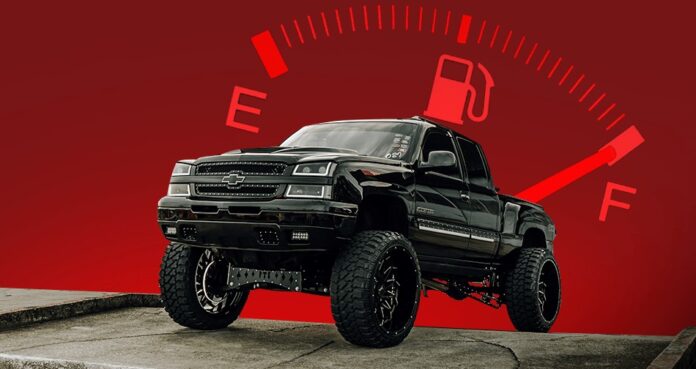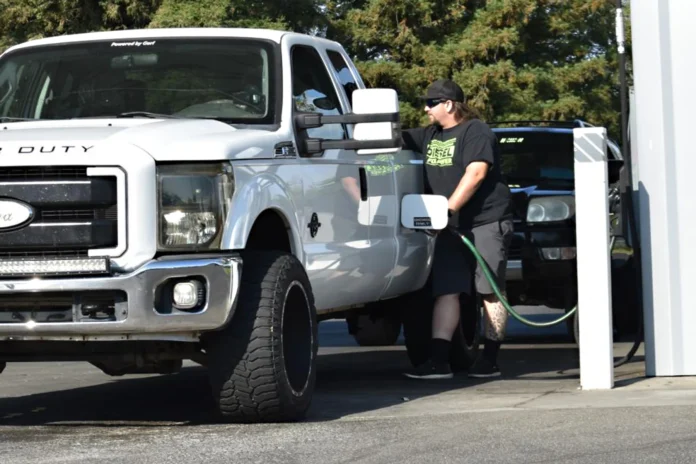Fuel is a material needed to power most automobiles, including trucks. Without it, it is impossible to drive your vehicle, except it is powered by an alternative energy such as in electric cars.
The source of the electricity used in charging an electric truck can also be used to determine if the truck depends directly or indirectly on fuel. Hence, it is safe to state that almost all trucks rely directly or indirectly on fuel for power.
While this article focuses more on reducing a truck’s fuel consumption using certain technology such as truck code reader and other simple tricks, some of the tips are also applicable for trucks using alternative energy as they can help reduce the energy consumed and make the battery last longer.
What is fuel economy?
Fuel economy is simply the measurement of a vehicle’s fuel usage. Experts use it to rate the distance a car can travel with a certain amount of fuel.
However, it is often confused with fuel efficiency. Fuel efficiency describes a vehicle’s performance upon consumption of a certain amount of fuel.
For instance, certain manufacturers mandate the use of premium fuel for their vehicles. In such a case, using inferior-quality fuel will reduce fuel efficiency and may damage the engine. It does not have any effect on the fuel economy.
Fuel economy is affected by trip distance, road type, driving style, vehicle specification, driving time, and traffic congestion.
Why the need for fuel economy?
Every business owner strives to drastically reduce their operating cost for maximum profit. Gas expenses account for over 25 percent of fleet owners’ operating costs.
This means any trick that can reduce the overall gas usage of the fleet can significantly impact the business’s profit and may also offer a competitive advantage.
As the U.S. Department of Energy illustrates, a vehicle that gets 30 MPG will cost you $765 less to fuel each year than one that gets 20 MPG (assuming 15,000 miles of driving annually and a fuel cost of $3.06). Over five years, the 30-MPG vehicle will save you $3,825.
An improved fuel economy can also reduce carbon footprint.
Myths about saving gas

You have likely encountered one or more tricks below, claiming they save gas. Well, the fact is, there is no evidence to support that they indeed work.
Hence, watch out and do not waste your time trying them.
Refill your tank early in the morning
Diesel and gasoline are fluids and may become denser when cold. This basically means the amount dispensed during cold weather will be more than when it is hot.
The flaw in this trick is that fuel stations store diesel and gasoline in underground tanks where the temperature is regulated, thereby negating the density difference between buying early in the morning and later in the day.
Aside from that, even when gasoline increases in volume due to temperature, its energy content remains the same.
Full tank prevents evaporation
Generally, refueling when your truck is in reserve is not recommended. Operating your vehicle on an empty tank can damage diesel engines’ seals, pumps, and injectors because they will be forced to draw on air when diesel is absent.
On the other hand, it is optional to always keep your fuel at full tank. The theory that keeping the fuel tank full prevents evaporation is not valid.
The latest technology and designs in most modern cars prevent fuel evaporation.
Overinflate your tires

The correct gauging of tires can undoubtedly improve fuel economy; however, overinflation does not in any way increase this further. Instead, it jeopardizes your safety.
Promoters of this myth claim that overinflation reduces the truck’s rolling resistance; therefore, you should be able to cover more distance with less fuel.
Meanwhile, going over the manufacturer’s recommended levels can result in less traction, more wear on the tire, and the risk of popping, which negates any gas savings that might be achieved.
Use fuel additives
While fuel additives might boost your engine performance to improve fuel efficiency, the effect on the overall fuel economy of a truck is negligible. If there is any benefit, it may be noticed in older or high-mileage trucks.
Meanwhile, the Federal Trade Commission (FTC) has warned consumers about the false and grossly exaggerated capability of additives to increase gas mileage, which the product sellers promote.
Change your air filters often
Changing your air filter is a good practice for vehicle maintenance. Aside from that, it can improve gas mileage, but in older cars, due to their use of carburetors that can become clogged.
However, modern cars use fuel injectors and other technology that carefully regulate the air-to-fuel ratio instead of carburetors.
Effective tricks to improve your truck fuel economy

Saving fuel costs on your truck is vital for business prosperity. Some tricks that will enhance gas mileage can also benefit your truck’s engine health.
Deploy necessary technological tools
As a fleet owner managing more than one truck, it is essential to install and deploy certain technological tools to monitor the performance of your trucks.
Some tools help track fuel usage, possible faults, and drivers’ routes. Such tools, for instance, can help you detect instantly if the driver is using the truck for other purposes besides your normal business.
Tools such as truck code readers can help detect certain truck issues like clogged air filters and faulty spark plugs, which can improve fuel economy when fixed.
Use cruise control
Even though speeding can help you cover distances in less time, it consumes more fuel. To increase your gas mileage, avoid aggressive driving. Only drive within the driving limit.
Use cruise control on flat roads such as highways to maintain driving speed. Maintaining a continuous speed can improve your fuel economy by almost 14 percent. On the other hand, constantly accelerating and decelerating consumes more gas.
Regularly check tire pressure
Inflating your truck tires to the manufacturer’s recommended pressure reduces resistance so the truck can move more quickly.
By doing this, your gas mileage can be increased by 0.6 percent on average, and experts estimate it can be up to 3 percent.
On the other hand, underinflated tires are saggy and soft. The truck will use more gas to move with them. For every 1 psi reduction in the recommended tire pressure, about 0.2 percent of fuel economy is lost.
Refuel at the cheapest price
While refueling at a particular station may not imply getting more fuel despite the fuel pump reading, the price can make a difference.
Purchasing your diesel at stations that sell the cheapest will allow you to buy more. For example, if $1,000 will get 300 liters of diesel at a filling station with a high price, you may be able to get up to 315 liters for the same price at another fuel station.
Use good-quality gas
Only purchase your diesel from gas stations operated by reputable brands. You will likely get a good fuel economy from top-tier gas.
Also, do not waste your money on premium gas unless the manufacturer mandates it. Check your fuel filler door to confirm. If it is noted as recommended, it simply means it is optional.









